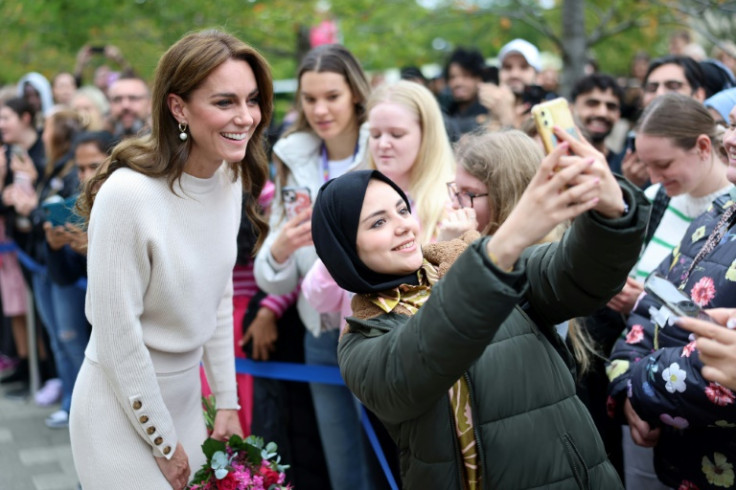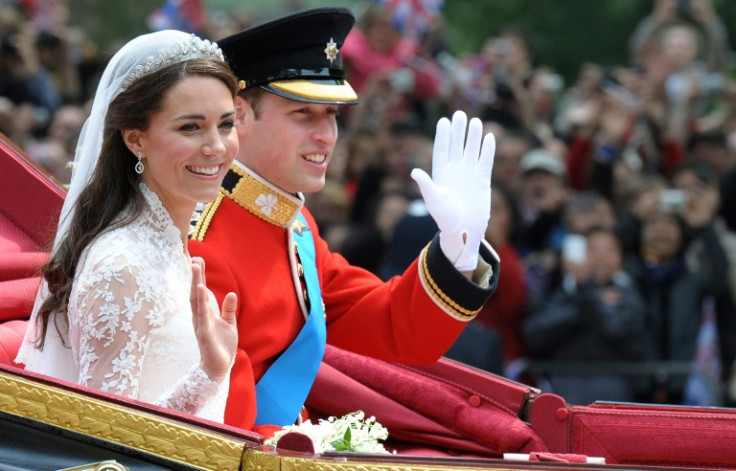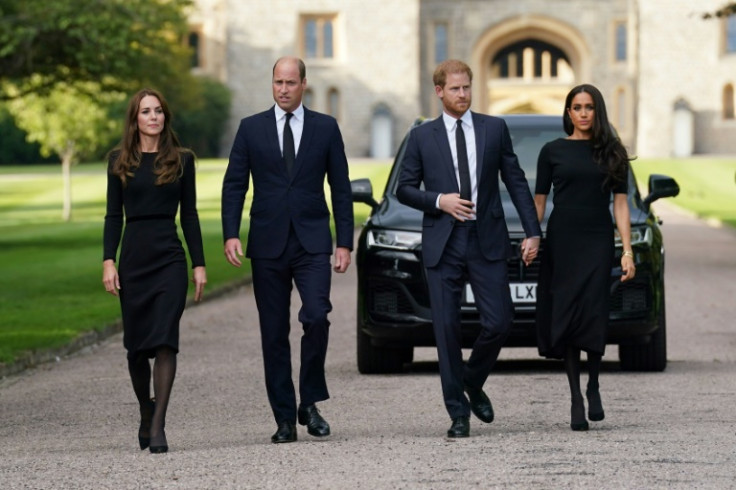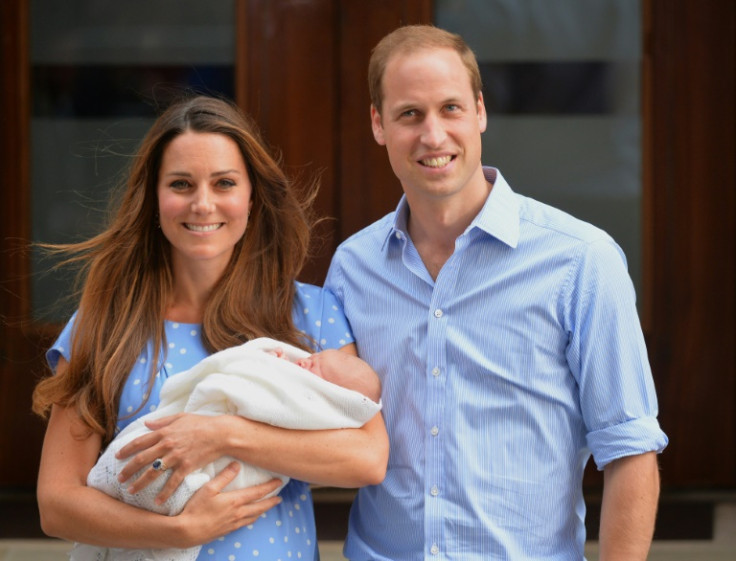
Catherine, Princess of Wales -- who announced her cancer diagnosis Friday -- is a central figure in Britain's royal family who has won fans for her supportive role alongside William, the future king.
The former Kate Middleton, 42, met William at university, where they shared a house together as boyfriend and girlfriend, before getting engaged and then married in 2011.
Despite not coming from a royal or aristocratic background, she has always given the impression of taking the challenges of royal life in her stride and quickly became one of the family's most popular members.
As a future queen consort and the mother of the future king, Prince George, her diagnosis strikes right at the heart of the institution.
It comes at a time when King Charles III is also battling cancer and Catherine had been seen as one of those able to step in to keep the royal show on the road during his recovery.
The shock revelation came two months after Kensington Palace announced she had undergone abdominal surgery and would spend months recovering out of the public eye, sparking speculation and controversy.
Kate, as she is widely known, has become something of a media darling since her marriage, favoured by photographers for her polished presentation and willingness to engage with the public on royal engagements.
She has also been cast in the role of fashion muse, even making the cover of British Vogue, blending designer outfits with high-street brands in a style copied around the world.
In the UK, female royals are inevitably compared to William's mother, the late Princess Diana, whom prime minister Tony Blair described as "the people's princess" after her death in 1997.
But Robert Jobson, a veteran royal commentator, wrote in a 2010 book that it was in fact Kate who was the true "princess of the people".
The former Lady Diana Spencer was a member of the aristocracy when she married William's father, Charles, when he was still Prince Charles in 1981.
In contrast, Kate was born a "commoner" -- albeit a wealthy one -- whose parents were a symbol of aspirational social mobility.
Her mother was a former air stewardess while her father was a British Airways flight dispatcher. The couple went on to make a fortune from a party supplies business, allowing their daughter to attend top private school Marlborough.
Kate met William in the early 2000s at the University of St Andrews in Scotland where she was studying art history.
A lengthy courtship and cohabitation -- unprecedented for the royals -- eventually led to engagement in 2010, then marriage on April 29, 2011.
Beyond her passionate support for charities working in early years education and mental health, Kate has steered clear of the constant rumour and gossip associated with her high-profile role.
Alongside supporting William as heir to the throne, she has also sought to provide a model example as mother to future heir George, and his siblings Princess Charlotte and Prince Louis.
The couple have tried to protect them as much as possible from the limelight.
Kate, a keen amateur photographer, has also taken a number of official family portraits.
That however created a controversy earlier this month amid her long absence from the public spotlight following surgery.
Royal officials circulated a family photograph of Kate and her children, said to have been taken by William, to put to bed mounting online rumours about her well-being and whereabouts.
But the plan backfired after major news agencies, including AFP, pulled the photo because it had been digitally altered. Kate took the blame, admitting to occasionally editing her shots.
Her apology did little to dampen down the speculation.
She has previously let slide personal attacks, including unsubstantiated rumours of adultery by William, the reason for weight loss or apparent frosty relations with her sister-in-law Meghan.
The feud between William and his brother Harry has reportedly in part been fuelled by the latter's suggestions that Kate was chosen as a royal bride only because she fitted the mould.
"By maintaining her silence, she obviously used the queen (Elizabeth II) as her role model," said Pauline Maclaran, from Royal Holloway University of London and author of "Royal Fever: The British Monarchy in Consumer Culture".
Kate has made the royals "seem more fit for purpose in the 21st century", she added.
Nevertheless, there have been brickbats, not least about her well-groomed appearance -- even just hours after giving birth.
Some feminist commentators have accused her of creating unrealistic expectations for women.
British film star Keira Knightley said Kate's well-groomed look put pressure on women to "look beautiful" and "hide our pain".
The late novelist Hilary Mantel even accused Kate of resembling a "shop-window mannequin with no personality of her own".













